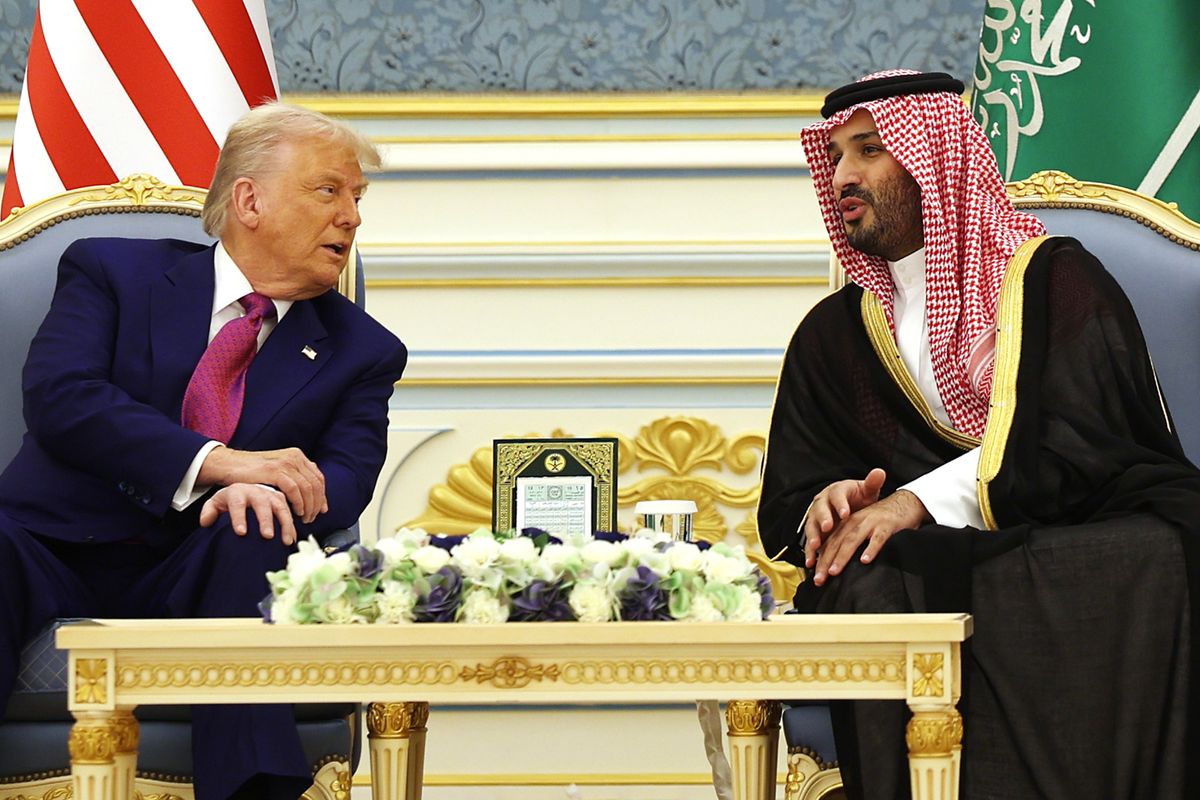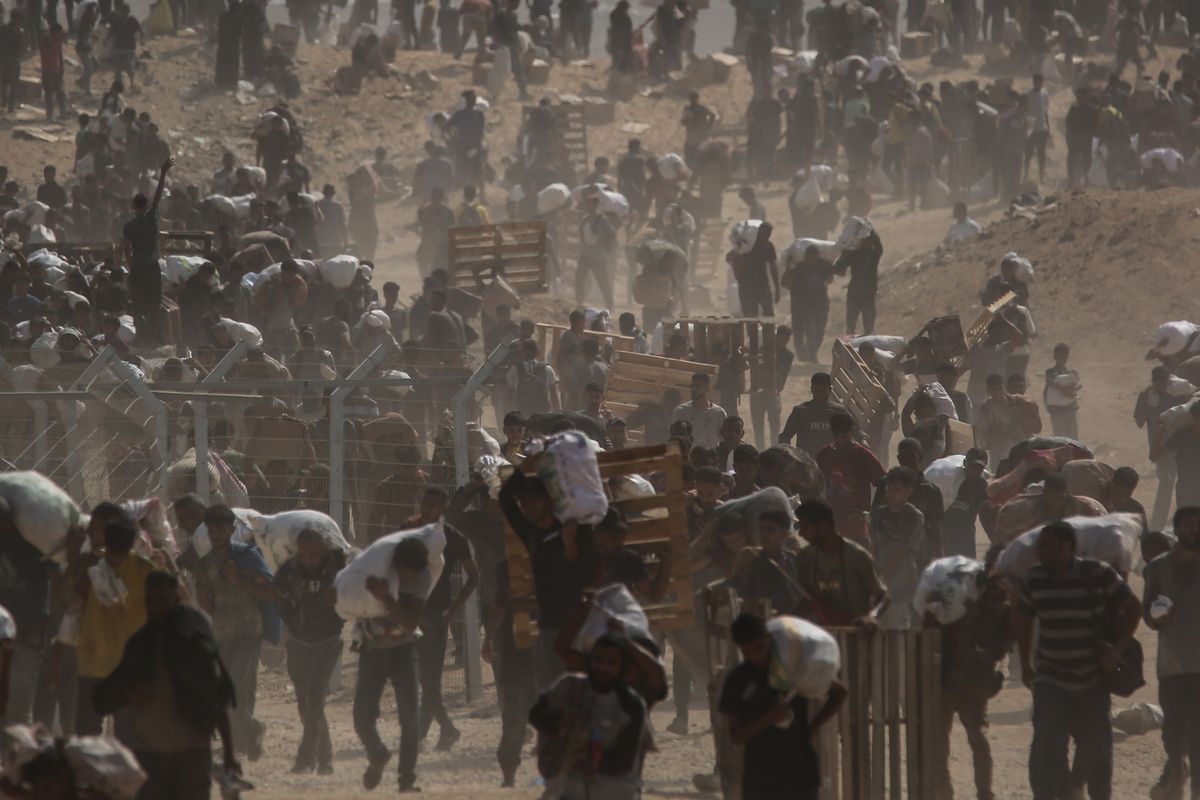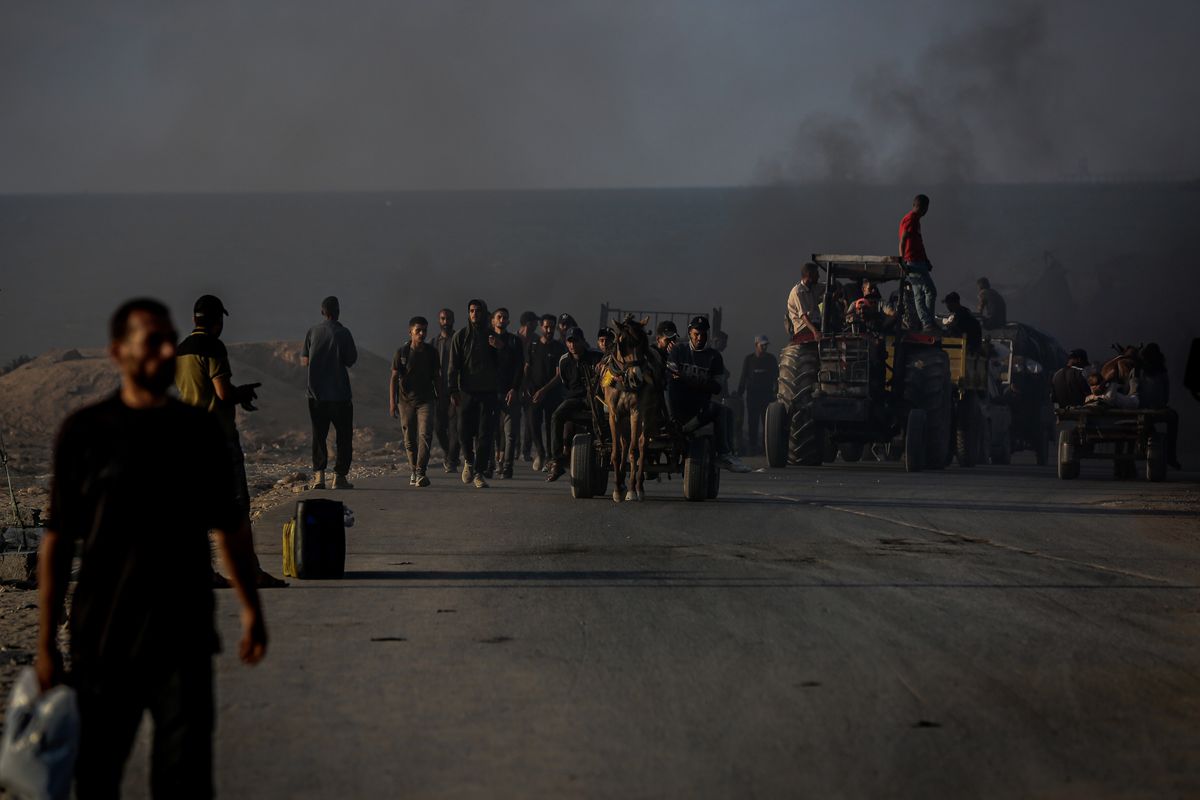The year 1979 is remembered by most Americans for the takeover of the United States embassy in Tehran. That year was pivotal for people in the region, as it marked the establishment of an Islamist government in Iran and the takeover of the Holy Mosque in Mecca by a group of fundamentalists led by Juhayman. These two events would shape the landscape of the region for the next 35 years and counting.
Beginning in 1979, Iran undertook a policy of destabilization in the region. The political objective was clear: as long as their neighbors were weak, Iran’s leaders could guarantee stability at home. Their tactic focused on sectarian conflict, and they moved to support Hezbollah in Lebanon, Hamas in Gaza, Houthi rebels in Yemen as well as dissidents in Bahrain and the Eastern Province of Saudi Arabia.
What is different today is the perception by the Arab states that the United States is no longer willing to demonstrate a leadership position in the region, and they, led by Saudi Arabia, must take a much more activist role in defending their interests. The Yemen campaign is in reality an Arab coalition. Further, the Yemen campaign had limited tactical objectives at the beginning, simply the attrition of Houthi arms caches built up by Iran since 2009. As in most conflicts, war takes on a character of its own, and it is easier to start a conflict than to end it.
The execution of 47 terrorists, 43 Sunnis, and four Shia, was a move by the Saudis to ensure internal stability. This event was remarkably similar to a series of executions in early 1980 when Juhayman and his followers were executed. The Saudis saw this as an internal matter. The Iranians saw the move in a completely different context, marking the execution of Sheik Nimr al-Nimr as one more instance of Saudi oppression of their Shia minority.
This of course led to the attack on the Saudi embassy in Tehran, a clear violation of international agreements to protect embassies and consulates in foreign countries. Iran has a long tradition of targeting diplomats to voice its displeasure, beginning with the takeover of the U.S. embassy in 1979, followed by an attack on the British embassy in Tehran, and now the Saudi embassy. Further, Iran has been accused of killing a Saudi diplomat in Pakistan and targeting for execution the Saudi ambassador in the United States.
The Iran Nuclear Agreement certainly contributes to apprehension in the region. For the Sunni majority countries, Iran’s destabilization strategy has always been the primary concern, not the nuclear issue. To them, the West sees the nuclear issue as an end in itself. Once the agreement is put in place, the West will turn its back on the region allowing Iran to continue to meddle in the affairs of other Arab countries. This concern has contributed to a more aggressive policy on the part of not just Saudi Arabia, but other Arab states as well.
Many have suggested that the recent events will lead to a broader conflict. While the possibility of a “Guns of August” scenario is possible (conflict often takes on a character of its own), that possibility is less likely than a continued slow simmer in the strain. First, we do not have a scenario where two armies are facing each other waiting for the other side to make a move. Second, the people of each country are not pushing their governments toward conflict. As I write from Riyadh, business is as usual here. A friend, recently returned from Tehran to visit family, tells me that people don’t talk much about politics, they only talk about moving forward from the sanctions. Third, there are many entities willing to intercede to prevent escalation; Pakistan is reported as the latest country looking to find a resolution. Finally, Iran and Saudi Arabia share many common interests and challenges that are likely to pull them together.
Da’ash (ISIS) is a common threat to both countries, and there can be no effective strategy against that threat if Iran and Saudi Arabia are not working together. Second, no Syria transition is possible if Iran and Saudi are not talking to each other. Finally, to effectively serve pilgrims traveling to Mecca and Medina for Hajj or Umrah, the Saudis must maintain a diplomatic presence in Iran to provide visas and travel support. Such common concerns are likely to prevent an escalation.
The key challenge for foreign policy experts over the next few years is to find a way to bring Tehran and Riyadh together to answer the basic question of how they see the region evolving. For most of the past few decades, the struggle in the region has been portrayed as a conflict between the West and Islam. The stark reality is hundreds of thousands of Muslims have been killed by fellow Muslims. It is a challenge to be solved by those in the region.












